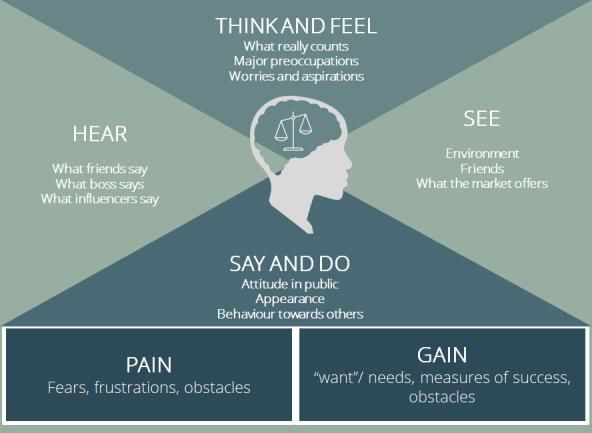
Humans perceive reality in, at least two ways; one is emotional (intuitive and experiential), and the other is rational (analytical and cognitive). Therefore, the emotional or affective design has become a hot topic in applications’ design, as well as in human factors. Nowadays, the success of an application requires understanding what the users want and prioritize their needs since when the designers understand the user in depth, they can implement small changes in design that have a significant impact on users’ experience (UX). The current paper presents the conceptual framework of an affective design process that allows understanding users’ affective needs. The primary purpose is to build a conceptual model for application interface design, to uncover and document user emotional needs. The primary purpose of this framework is to prompt the designer to consider both affective and functional requirements of the user when conceptualizing the design of the application.
| ID | pc385 |
| Full Text | |
| Tags | urban mobility |







